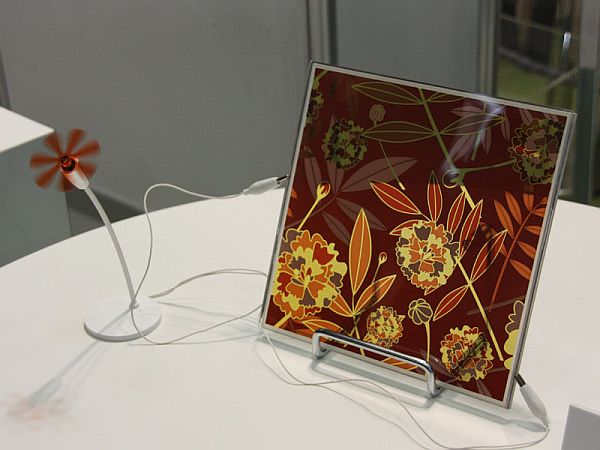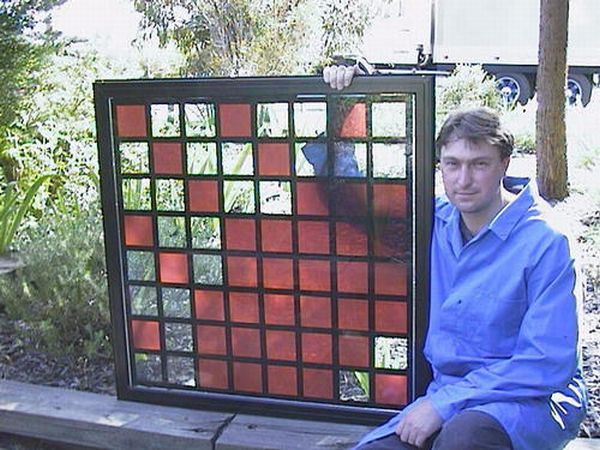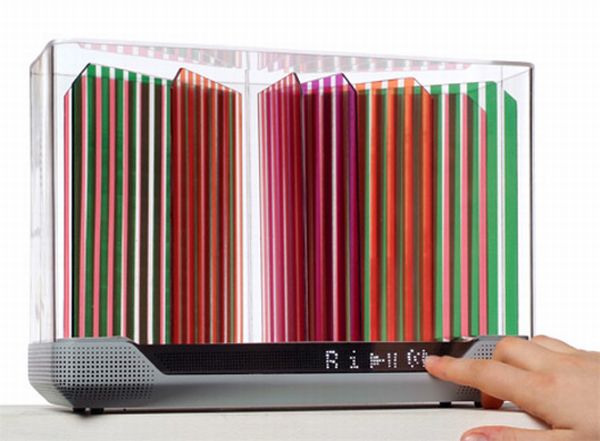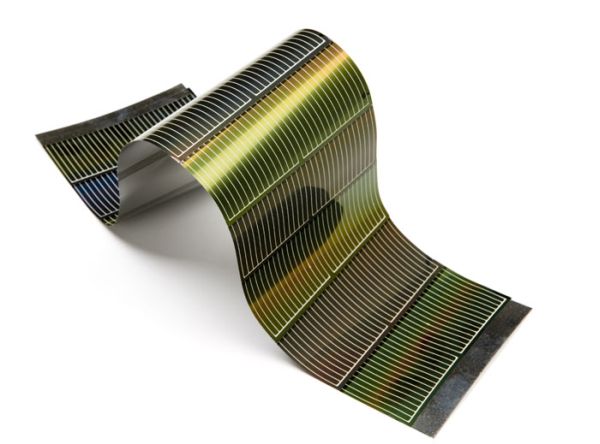
The interest in energy conservation and living a better as well as environmentally friendly life is on the rise. Due to this growing eco-consciousness among people, making use of solar power by employing solar panels is gaining popularity. Scientists are seeking for various methods to make the solar cells more efficient in order to produce sufficient green energy to be used in offices, households, etc. The dye-sensitized solar cells (DSSCs) are one of them.
The DSSC comes under the category of thin film solar cells and is able to accomplish a much better efficiency. A poriferous layer of titanium dioxide nano particles is covered with a molecular dye that is submerged in an electrolyte solution. A platinum-based catalyst that quickens the reaction is also present. The sunlight is captivated in this transparent electrode and is passed to the dye layer exciting the electrons. After this, the electrons flow toward the titanium dioxide layer. From there the excited electrons are directed towards the transparent electrode and are accumulated to power a load. After the electrons come through the external circuit, they are again introduced into the cell on a metallic electrode from where they flow into the electrolyte. The electrolyte then transfers electrons back to the dye molecules. The process seems to be like that of an alkaline battery but this way of generating electric power is considerably less costly as no complicated apparatus is required to manufacture the DSSC.
The good

Out of the latest solar technologies available, the DSSCs are the most efficient. In these solar cells, an electron is directly injected into the titanium dioxide layer, which is an outstanding positive factor of the DSSC. The DSSCs can give a much better output in a dim light and therefore can be efficiently used under cloudy skies and non-direct sunlight. The robustness of this solar cell leads to an unexpected great performance in high temperature as well. On the other hand, traditional silicon solar cells would fail to work if kept without encasing them in a glass box. Another advantage of the DSSCs is that they are relatively cheap than convectional solar cells.
Can this be better?
The dye sensitive solar cells may not be applicable for the large-scale deployments. However, if the conversion efficiency can be improved a little, these cells may turn out to be a boon for large-scale industry as well.
The bad

One of the notable drawbacks of the DSSC design is that it makes use of liquid electrolyte. This liquid electrolyte raises issues when it comes to temperature stability. When the temperature is low, it could lead to the freezing of the electrolyte, thereby ending power production, and calls for physical damage. On the other hand, the liquid expands at high temperatures, which causes problem while sealing the panels. Another con with the DSSC is the electrolyte solution. Since it has volatile organic solvents, the sealing should be done very cautiously.
Can this be avoided?
The drawback of using a liquid electrolyte can be shunted out by substituting it with a solid electrolyte. Researchers are trying to figure out the possible solidified melted salts that can be used in place of present electrolyte solutions.
The ugly

The DSSCs are very delicate and very sensitive when it comes to temperature fluctuations. The liquid electrolyte freeze at low temperature and expand at high temperature. In both cases, the solar cell would damage. On top of that, the volatile organic components of the electrolytic solution may leak out and therefore the dye-sensitized solar cells cannot be used for a majority of outdoor applications.
Why are we so critical?
Due to the rising environmental concerns, the humankind is always on the lookout for the better technologies that could make use of our renewable resources. One such example is the use of solar energy. The DSSC is less costly, lightweight and efficient, owing to which it scores over the other similar technologies. However, it has its lowdown too. We are having a critical approach here as a few improvements in the DSSC conversion efficiency can make them viable option for large-scale projects, thereby promising a better option for electricity generation.
The bottom line
While there are pros and cons, the future seems bright for the dye-sensitized solar cell. With renowned companies doing continuous research on the dye-sensitized solar cells, we are expecting this technology to be used to a wide range of applications in the near future.




